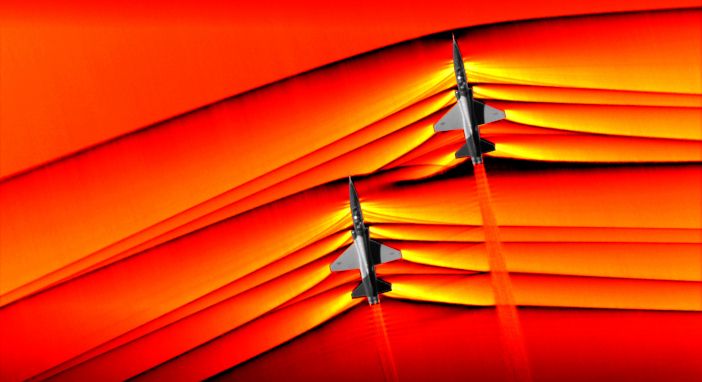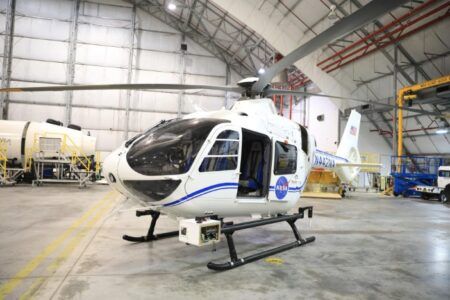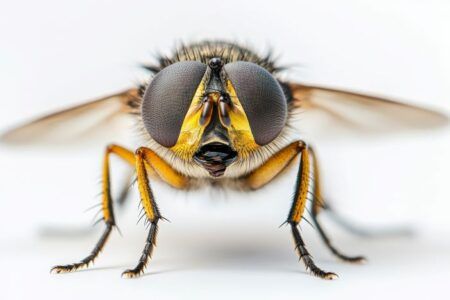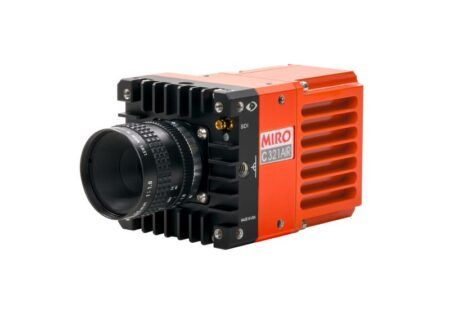Researchers from NASA have captured the first images of the shockwaves from two supersonic aircraft flying in formation. The images, which were captured using the schileren technique from a camera system on board a B-200 King Air, are of two US Air Force test pilot school T-38 aircraft approximately 30ft apart.
The images were taken during the fourth phase of the Air-to-Air Background Oriented Schlieren (AirBOS) flights, which recently took place at NASA’s Armstrong Flight Research Center in Edwards, California.
The test flight series aims to better understand how supersonic shockwaves interact with aircraft plumes, as well as with each other. The data from the flights will help advance knowledge about shockwaves as NASA progresses toward quiet supersonic research flights with the X-59 prototype aircraft.
To capture the images, the King Air, flying a pattern at around 30,000ft, had to arrive in a precise position as the pair of T-38s passed at supersonic speeds approximately 2,000ft below. Meanwhile, the cameras, able to record for a total of three seconds, had to begin recording at the exact moment the supersonic T-38s came into frame.
“The biggest challenge was trying to get the timing correct to make sure we could get these images,” said Heather Maliska, AirBOS sub-project manager at NASA.
NASA has previously used the schlieren photography technique to study supersonic shockwaves, but these latest flights used an upgraded version of the previous airborne schlieren systems, which allows the researchers to capture three times the amount of data in the same amount of time.
The camera system used also enabled the supersonic T-38 to be photographed from much closer, 2,000ft away, than previously possible, resulting in a much clearer image.
The upgraded system includes the addition of a camera able to capture data with a wider field of view. This improved spatial awareness and allows for more accurate positioning of the aircraft.
The system also includes a memory upgrade, which permits the researchers to increase the frame rate to 1400 frames per second, making it easier to capture a larger number of samples.
In addition, the system has an upgraded connection to data storage computers, which allows for a much higher rate of data download, enabling more data per pass, boosting the quality of the images.The researchers also developed a new installation system for the cameras, which reduces the time it takes to integrate it with the aircraft.
Tiffany Titus, flight operations engineer at NASA said, “With previous iterations, it took up to a week or more to integrate the camera system onto the aircraft and get it working. This time we were able to get it in and functioning within a day. That’s time the research team can use to go out and fly, and get that data.”





